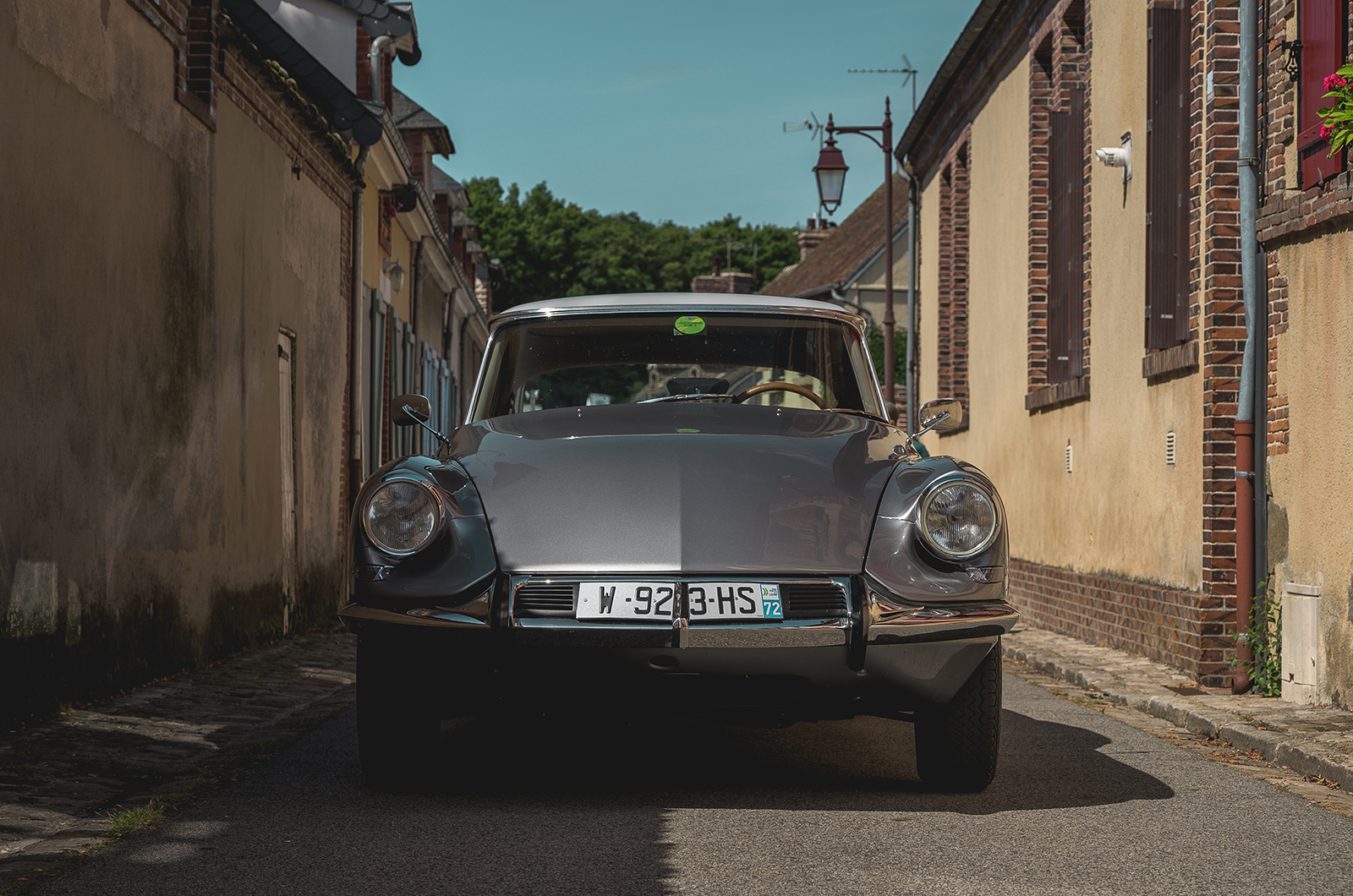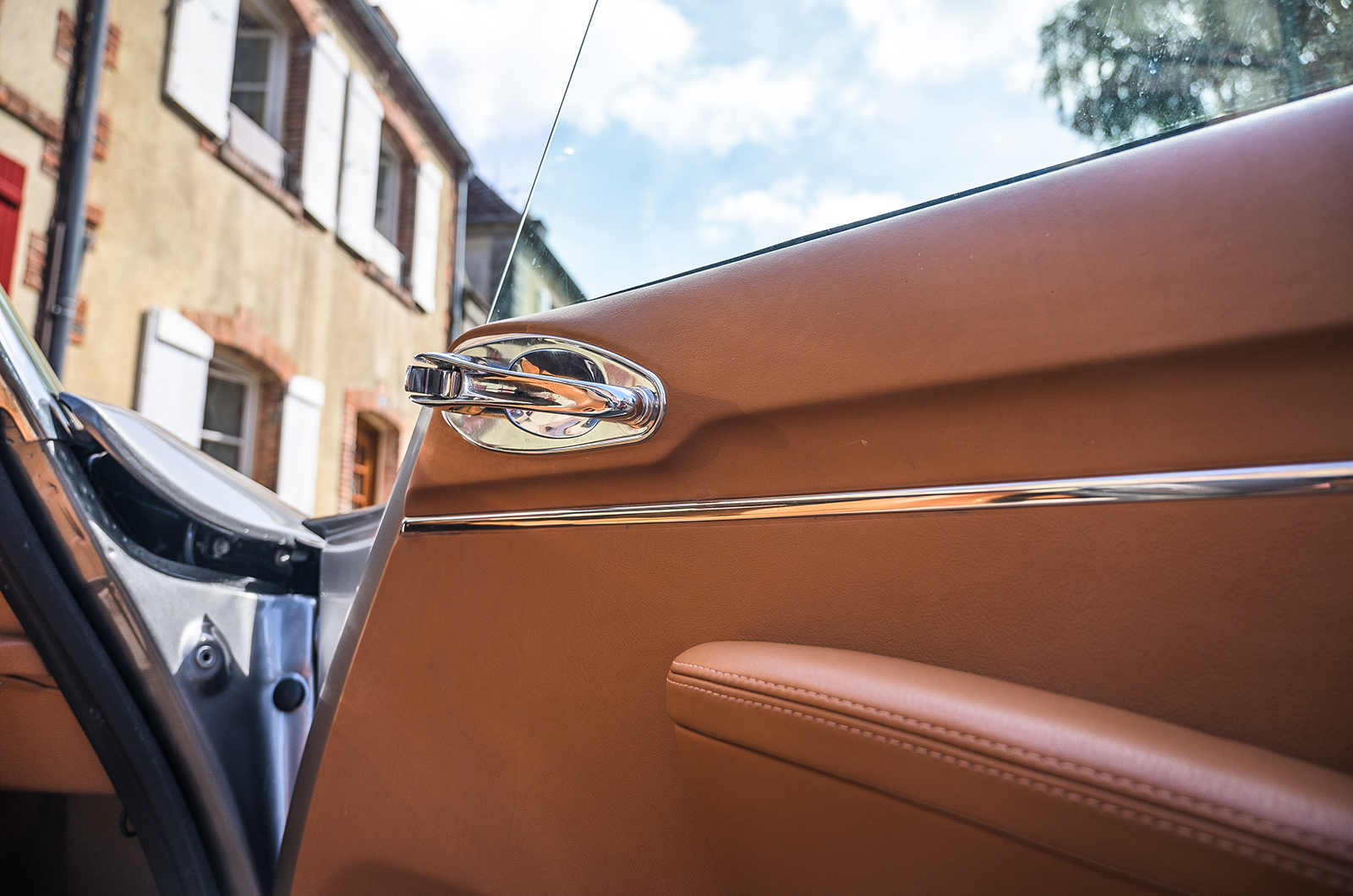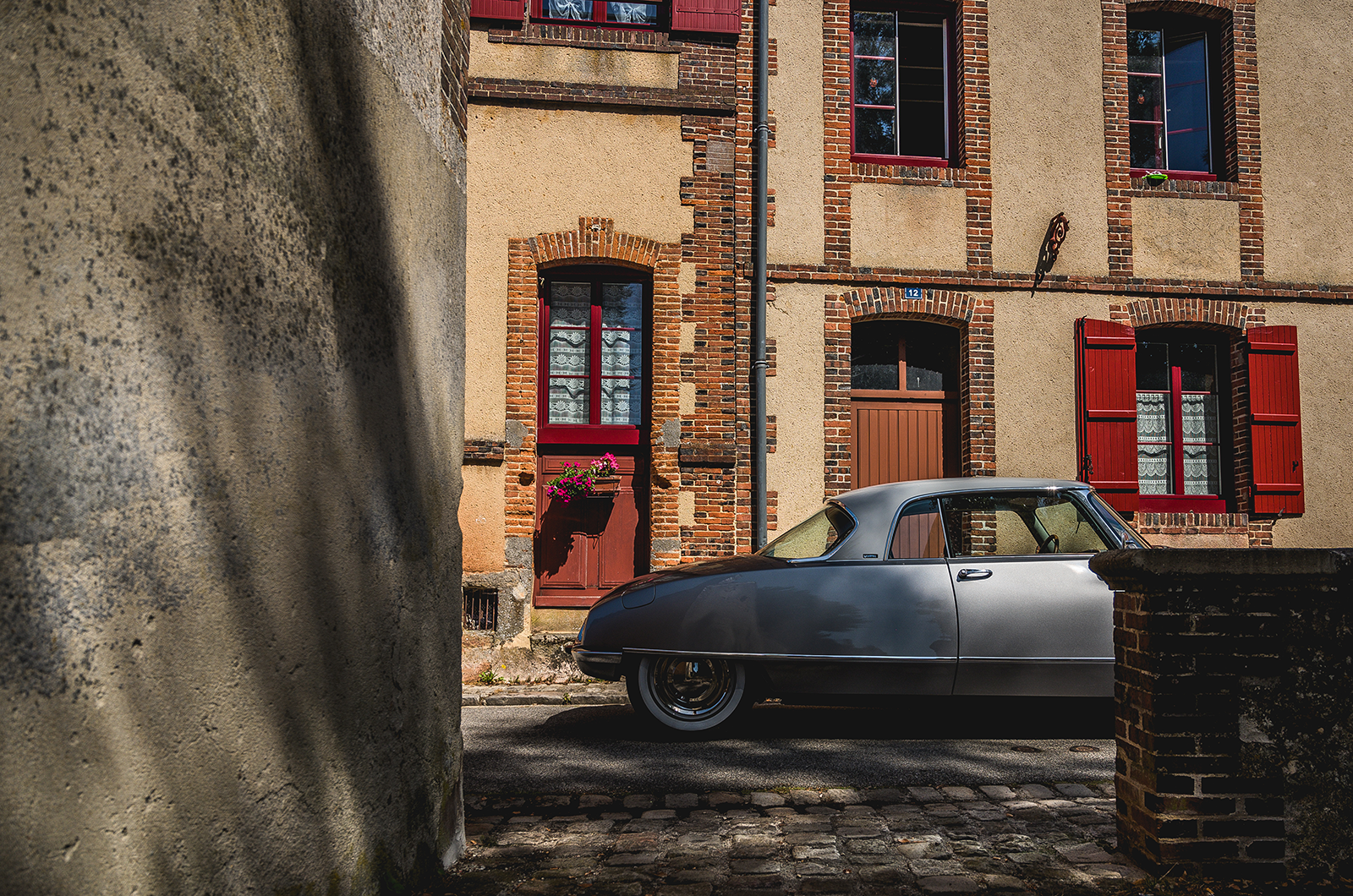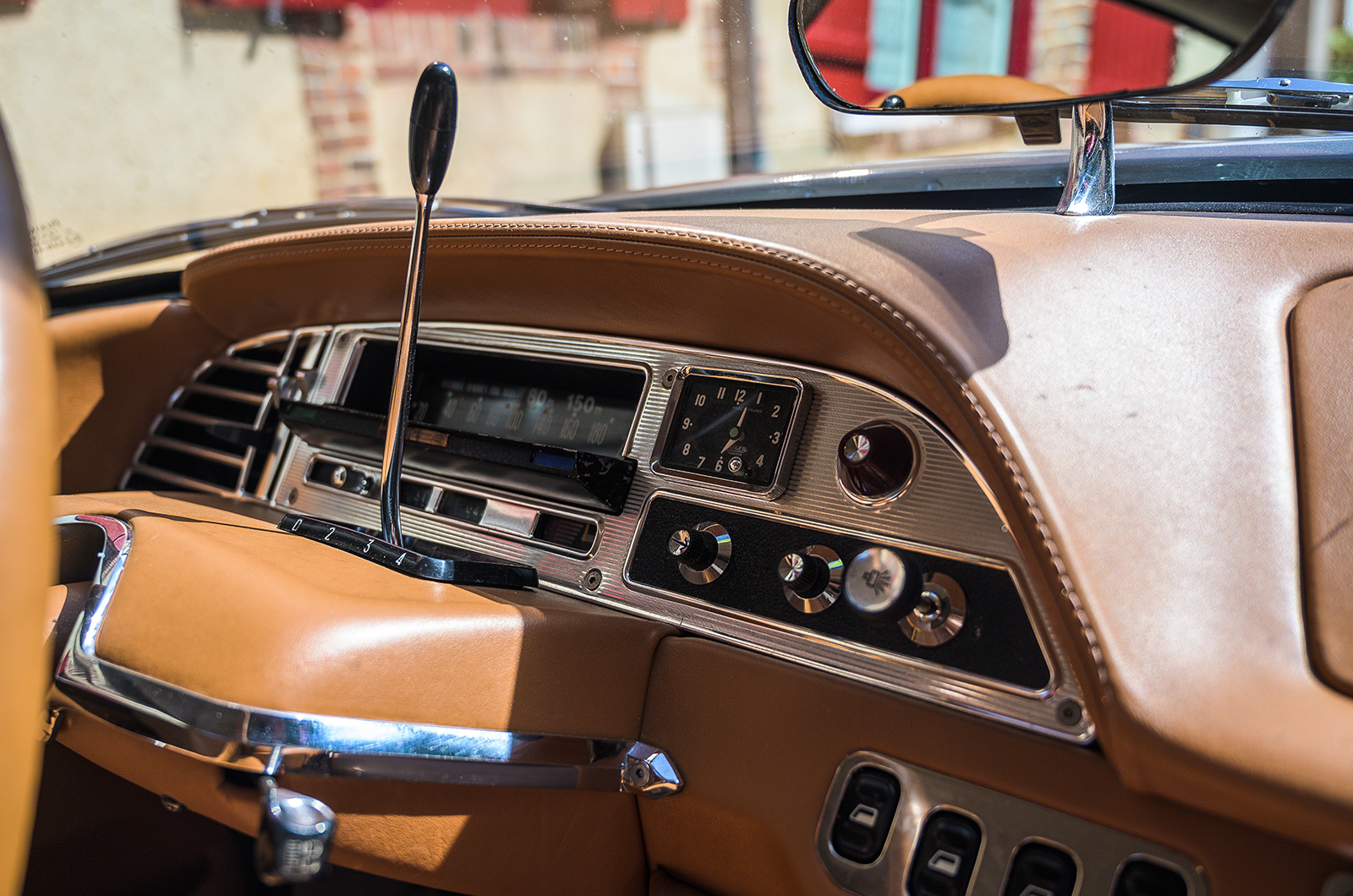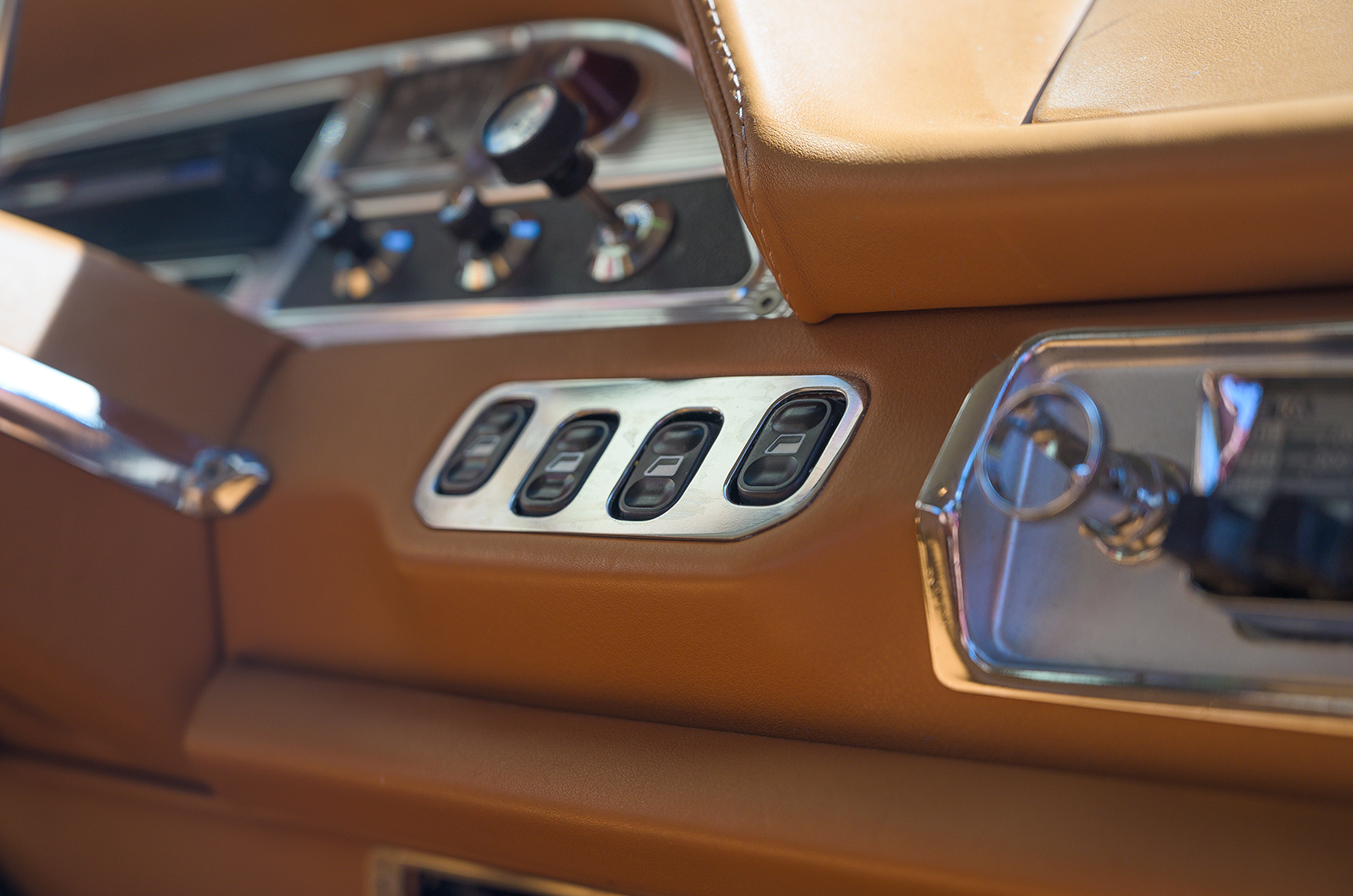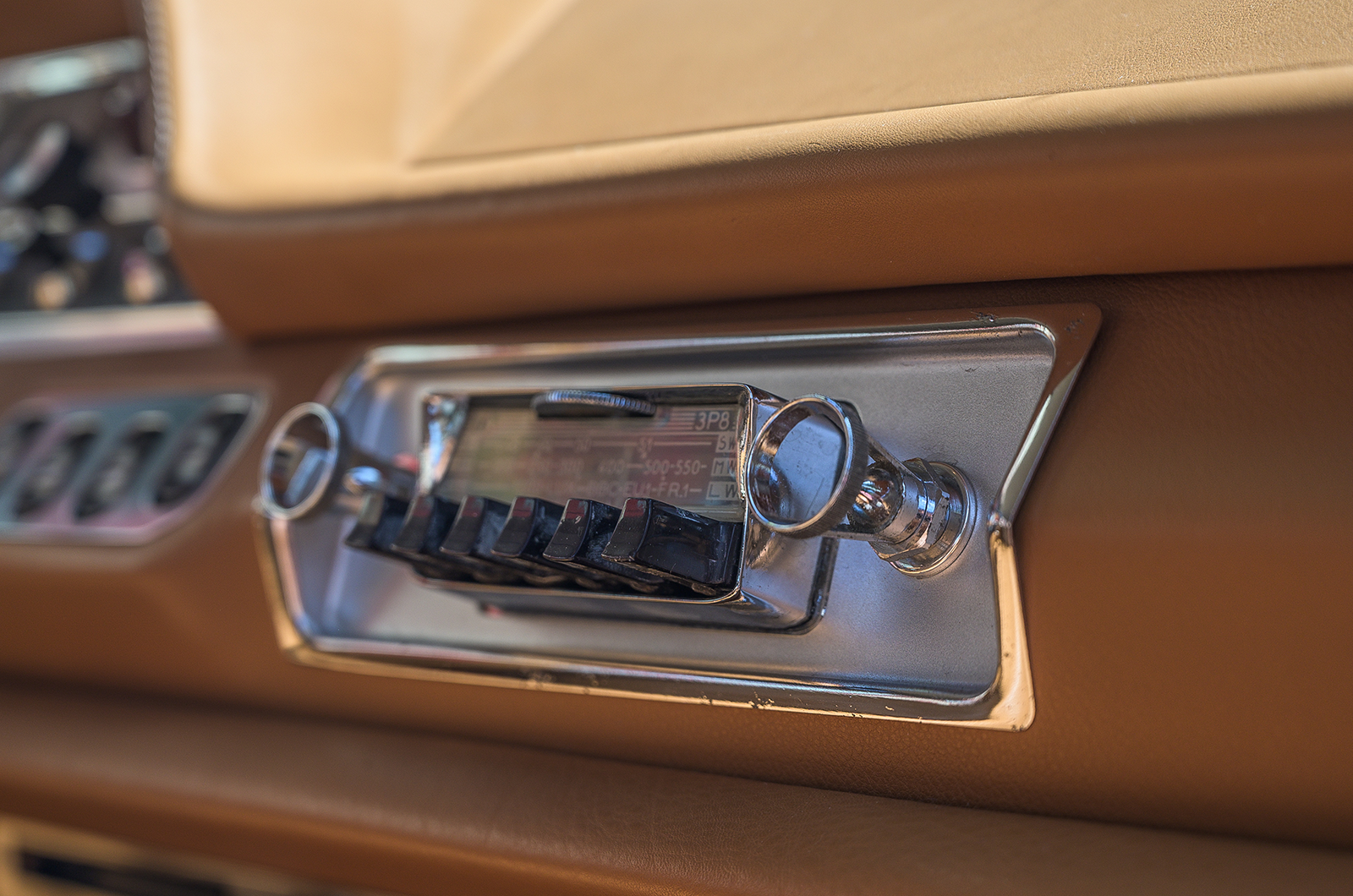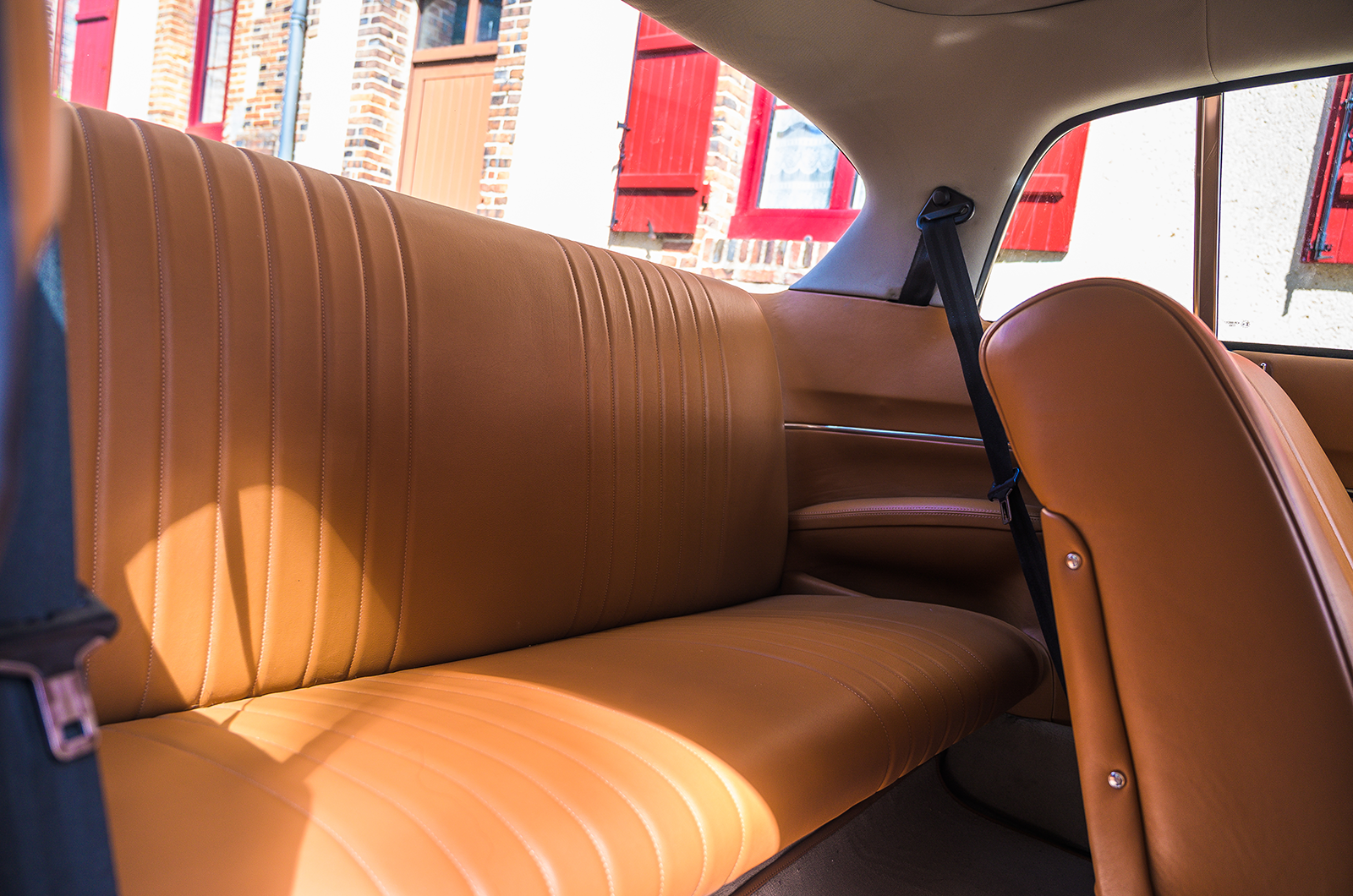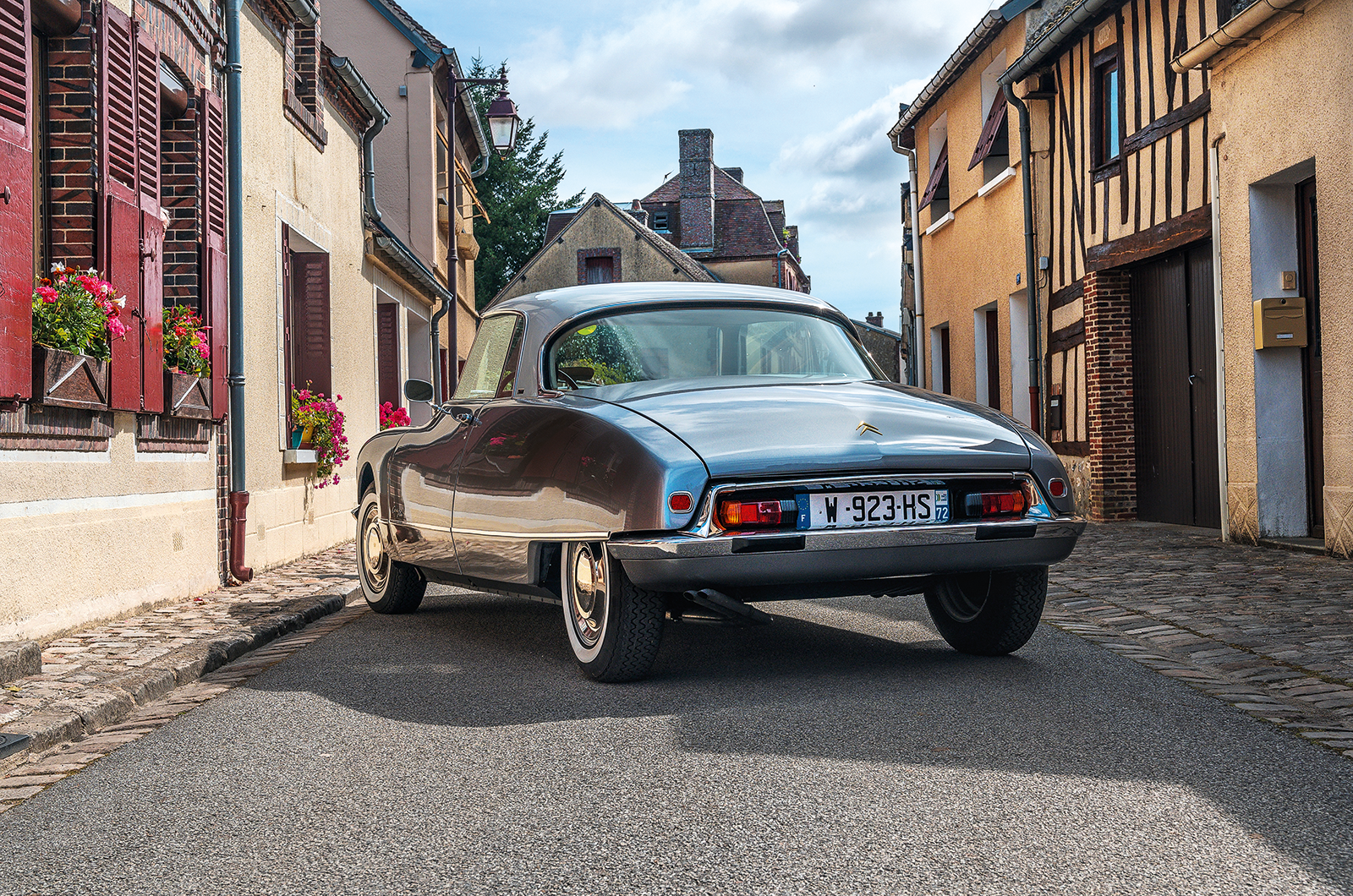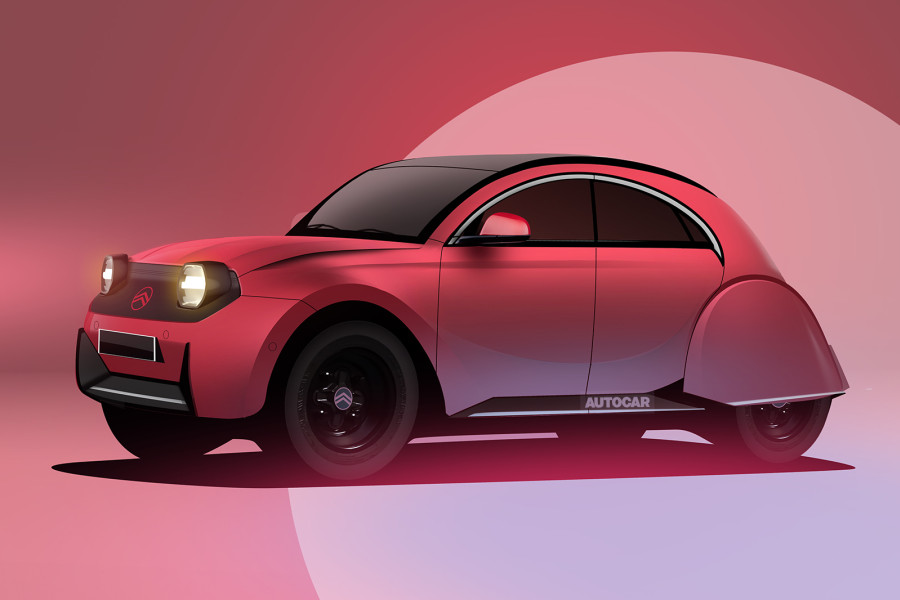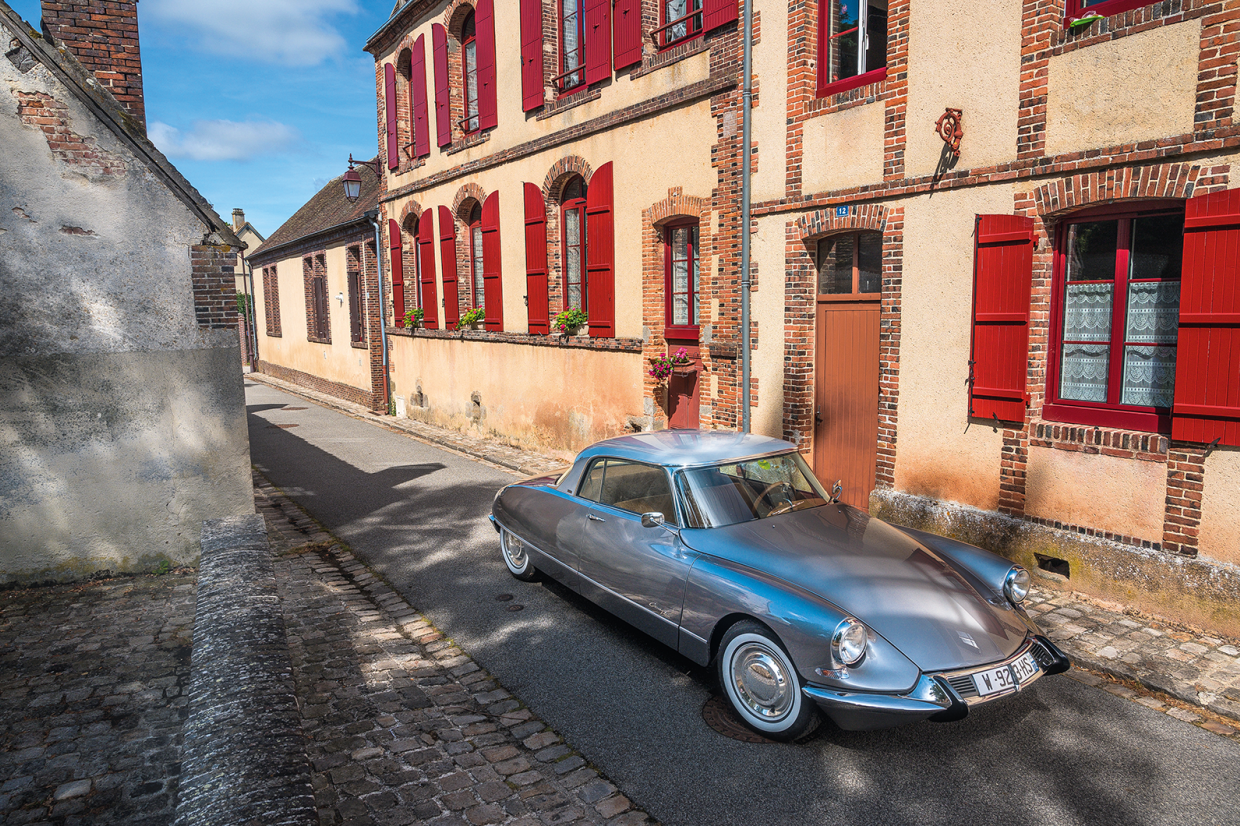
We’ve all got them. Those ‘what if’ cars. The cars that the manufacturer somehow never got around to making. Dream projects.
But sometimes, just occasionally, there’s a brave soul who has the talent and the resources to make a reality out of their dream.
Such a man is Gérard Godfroy, and the result is a pillarless two-door DS coupé that doesn’t just look gorgeous, but also appears as if it’s rolled straight off a Citroën production line.
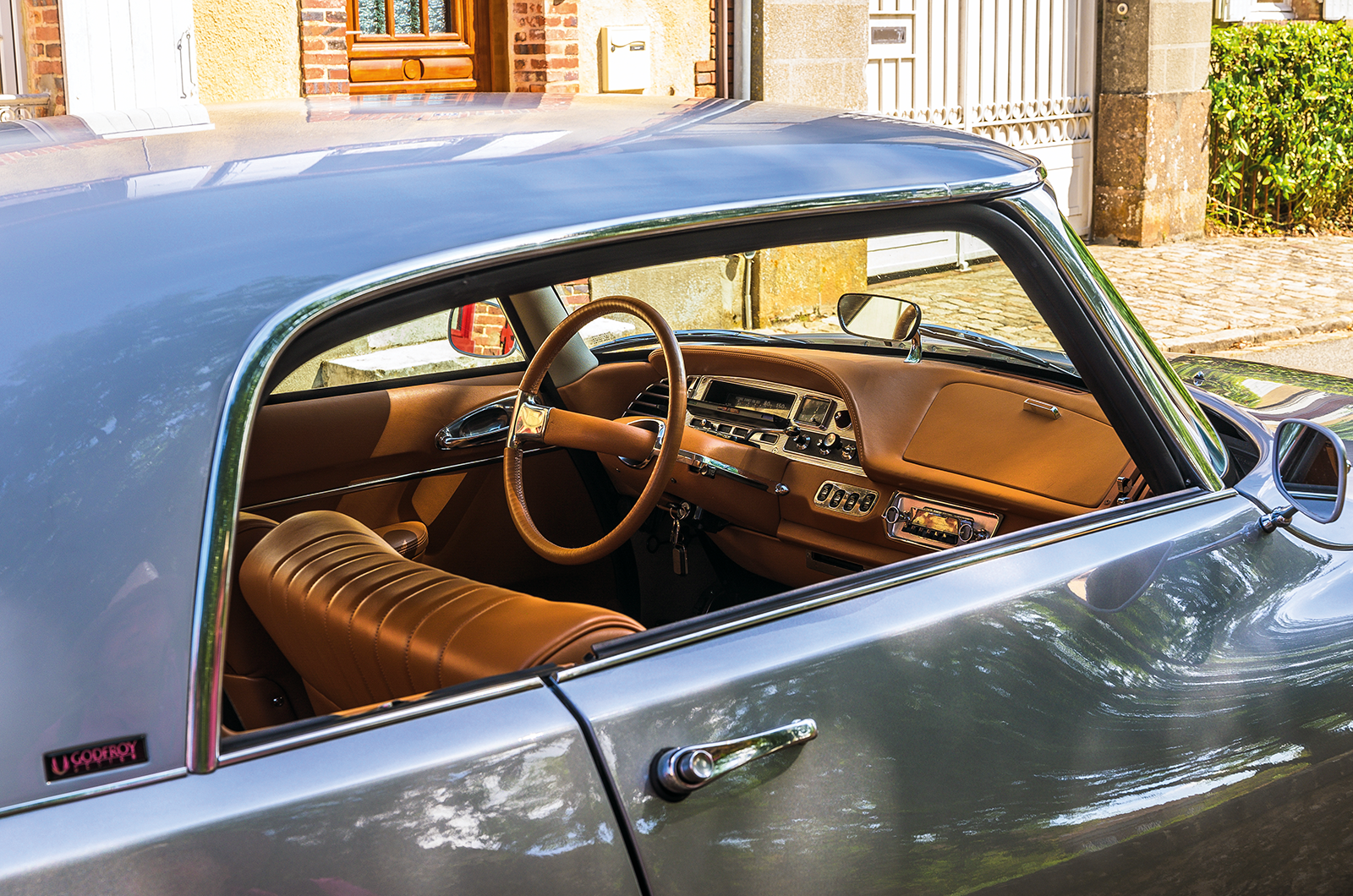
As you might expect, the DS Grand Palais is not the work of an amateur: Godfroy is a well-known automotive and industrial designer.
At Peugeot for two and a half years, he established the initial design for the 205 and then spent five years with coachbuilder Heuliez, where he was responsible for the Alpine V6 – and for the life-saving facelift to create the Citroën Visa II.
In 1983 he began an 11-year period as a designer for Venturi, while also working on other projects such as the amphibious Hobbycar.
His industrial design has notably included the red-painted Manitou lifting and construction-site machinery seen in every corner of France.

The starting point for the Grand Palais was simple, says the Normandy-based Godfroy.


